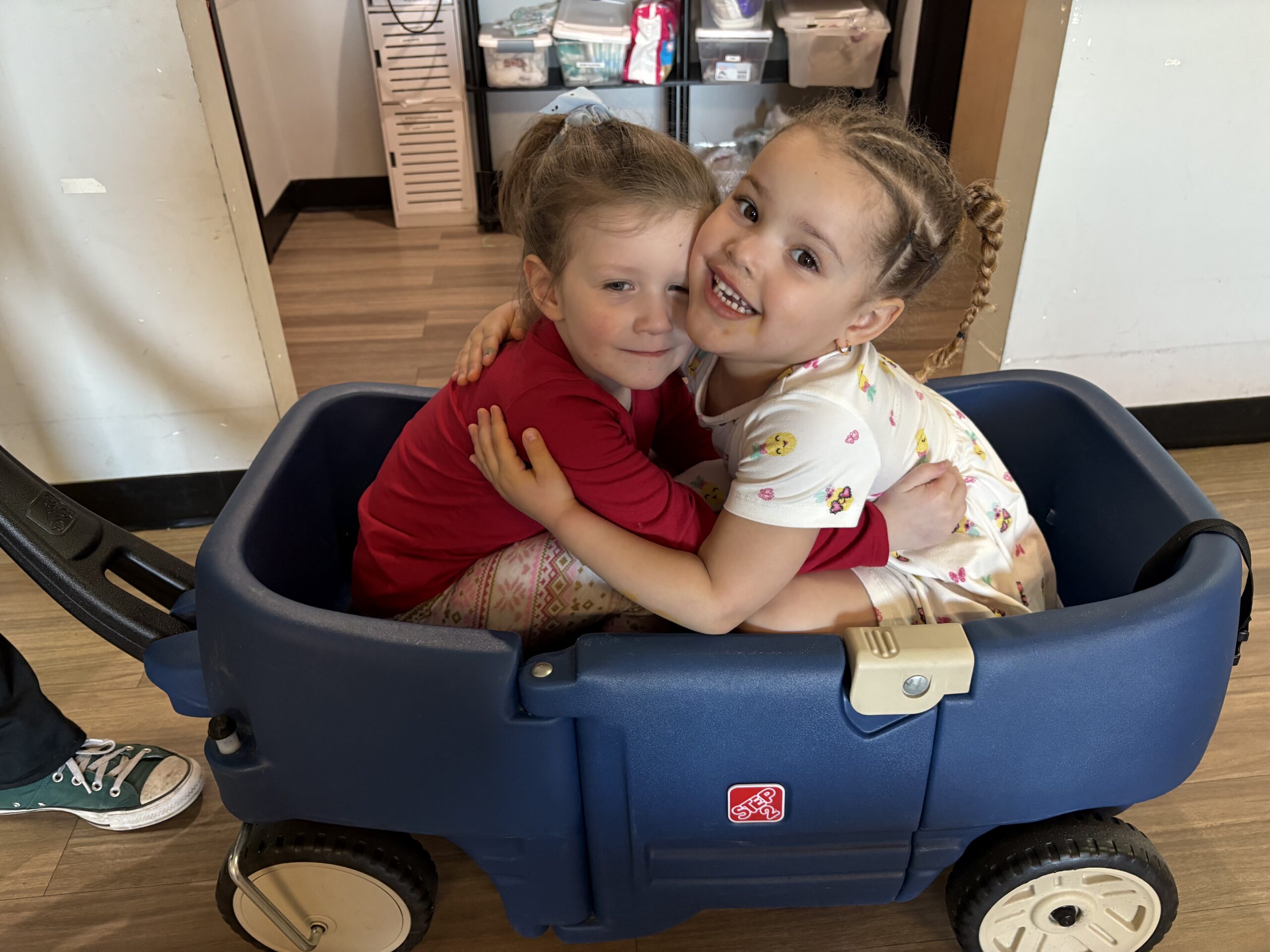
When kids with autism have challenging behaviors, it can be overwhelming—especially in public or during unexpected moments. Examples include:
- A meltdown at the grocery store
- Refusing to follow directions at home
- Struggling with transitions between activities
These moments can be stressful for everyone involved.
But here’s the great news: with the right tools and a supportive, consistent environment, those tough behaviors can improve—and may even be replaced with more positive ones!
Understanding the Root of the Behavior
Every behavior has a reason—especially for kids with autism, who may use behavior to communicate. Maybe they’re feeling overwhelmed, frustrated, or are trying to avoid something. When we pause to understand what a child is really saying, we can respond in a way that helps.
Some common triggers include:
• Changes in routine
• Loud or crowded places
• Trouble expressing needs
• Switching between tasks
• Sensory needs that aren’t being met
Instead of just trying to stop a behavior, it may be helpful to ask: “What is this behavior trying to tell me?” That can be a starting point for real progress!
Strategies for Managing Behaviors at Home
Creating a calm, consistent home environment can make a big difference—kids feel more secure and ready to succeed when they know what to expect. Here are some fun and easy strategies to help things run more smoothly:
- Try a Visual Schedule: Pictures or icons showing daily routines (like breakfast, playtime, or bedtime) help kids know what’s next and may alleviate those tricky transitions.
- Set Clear, Simple Expectations: Before starting an activity, explain the rules in kid-friendly terms. Repeat them often—and be sure to celebrate your child when they follow through!
- Celebrate the Good Stuff: Positive reinforcement works wonders. Whether it’s a high five, praise, or a small reward, acknowledging your child’s progress encourages more of it.
- Use “First/Then” Phrases: If transitions are tough, try saying, “First, clean up toys, then we’ll go outside.” It builds structure while keeping motivation in sight.
- Create a Chill Zone: Set up a cozy spot where your child can relax and reset. Add calming tools like a weighted blanket, fidget toys, or noise-canceling headphones.
These simple steps can turn everyday moments into opportunities for growth, connection, and calm.
Navigating Challenging Behaviors in Public
Taking therapy skills into the community is a vital step toward independence, but it’s also where some of the biggest behavioral challenges arise.
Here’s how to manage those moments effectively:
1. Prepare in Advance
Before heading out, talk about where you’re going, what to expect, and what behaviors are appropriate. Visual supports or social stories can help prepare your child for outings.
2. Bring Reinforcers
Pack small toys, snacks, or sensory items to use as motivators and comfort tools during the trip. If your child earns a preferred reward for engaging in appropriate behavior, they’re more likely to cooperate.
3. Start Small
Choose low-stress public settings for short periods of time. As your child becomes more comfortable, you can increase the complexity and length of outings.
4. Use Discreet Cues
Work with your ABA team to develop hand signals or verbal cues that prompt appropriate behavior without drawing attention in public.
5. Stay Calm and Consistent
Your tone and demeanor matter. Respond with calm, clear direction, and avoid overreacting. If necessary, remove your child from the environment temporarily to regroup.
Families working with ABA therapy in Hyattsville or similar programs often find that practicing these strategies during sessions—and then generalizing them at home and in the community—makes a lasting impact.
The Role of ABA Therapy in Behavior Support
While you’re handling challenging moments day-to-day, your ABA therapy team is working behind the scenes to create a comprehensive plan that reduces problem behaviors and builds new skills.
Through data collection, observation, and collaboration, your team develops individualized strategies tailored to your child’s needs and your family’s goals. Behavior plans are not only customized but flexible, constantly evolving as your child progresses.
Families participating in ABA therapy in Ellicott City are often supported by Board Certified Behavior Analysts (BCBAs) and Registered Behavior Technicians (RBTs) who partner with caregivers to ensure strategies are consistent across environments.
What Progress Looks Like
Managing behavior isn’t about perfection—it’s about progress. Over time, you may start to see:
- Shorter and less intense meltdowns
- Improved communication skills
- Increased independence in daily routines
- Better coping mechanisms for stress and frustration
- Stronger social connections
The key is to stay the course. Celebrate small wins, stay consistent, and keep collaborating with your therapy team.
When to Ask for Additional Support
Even with the best strategies in place, there may be moments when professional support is essential. If you notice that behaviors are increasing, becoming more dangerous, or affecting your family’s quality of life, talk to your ABA provider about adjusting the plan.
Helping Hands Family offers a hands-on, collaborative approach that includes regular caregiver training and ongoing progress monitoring. You’re never navigating this journey alone.
Contact Helping Hands Family today to learn how their team can support your family with compassionate, personalized care. Your child’s success starts with the right guidance—and HHF is here to help every step of the way.
